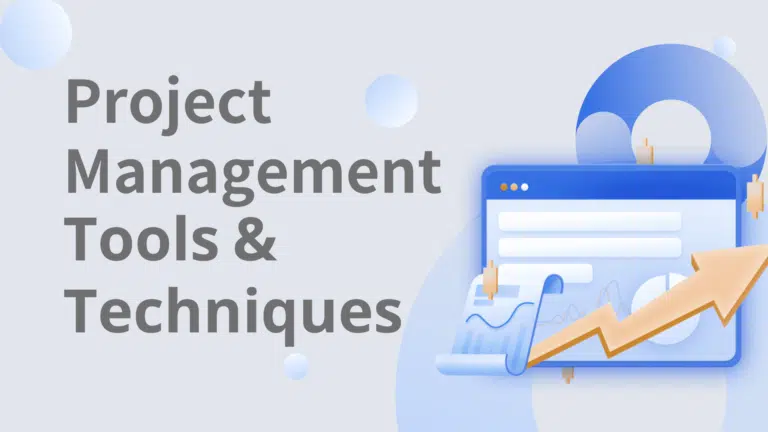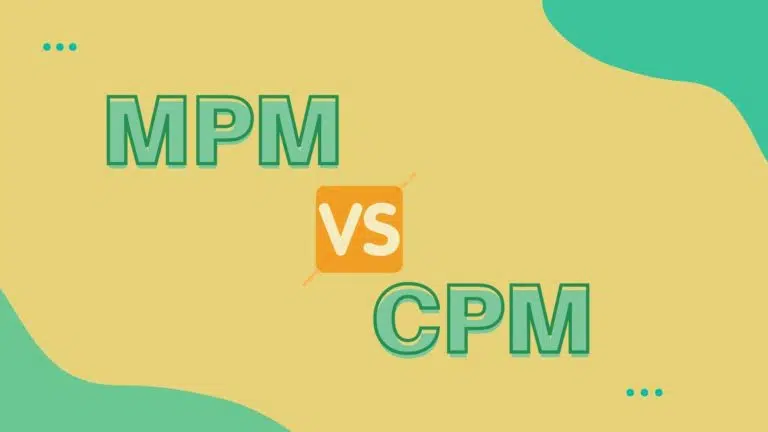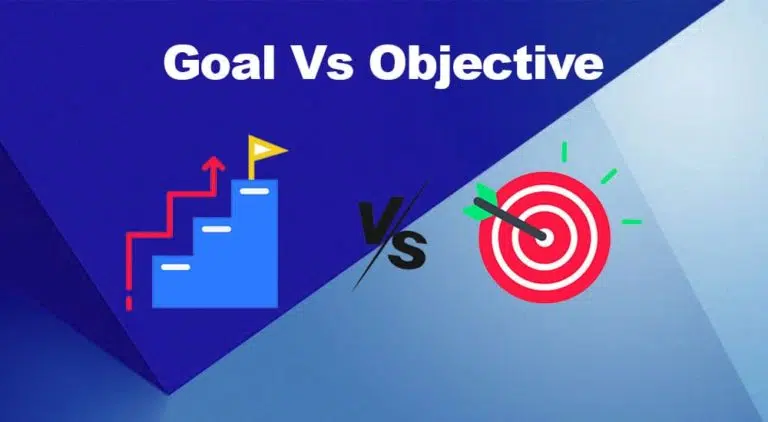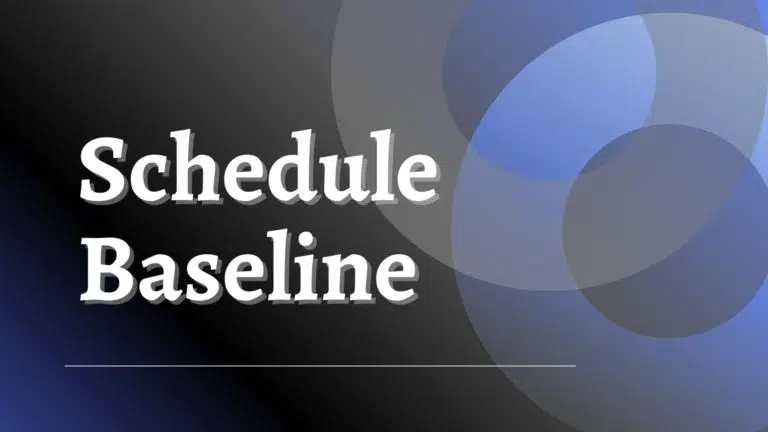A few different planning approaches were produced as a result of research conducted in the pursuit of flawless and effective project management procedures. The agile release planning method stands out as the most important strategy among all of them.
Some organizations favor a single product release; others prefer product releases at steady intervals. Planning is the first step in any kind of project because a well-drafted plan ensures the seamless implementation of project goals. This is why planning is always the first step.
Agile release planning is a product management methodology that helps with a staged delivery broken into several iterations. Every release has a hard deadline and zeroes in on a certain aspect of the project’s scope. To improve the quality of the final output, it takes into account the comments and suggestions made during earlier iterations.
The smallest product module packaged and distributed to end consumers is called a “release.”
What Is An Agile Release Plan?
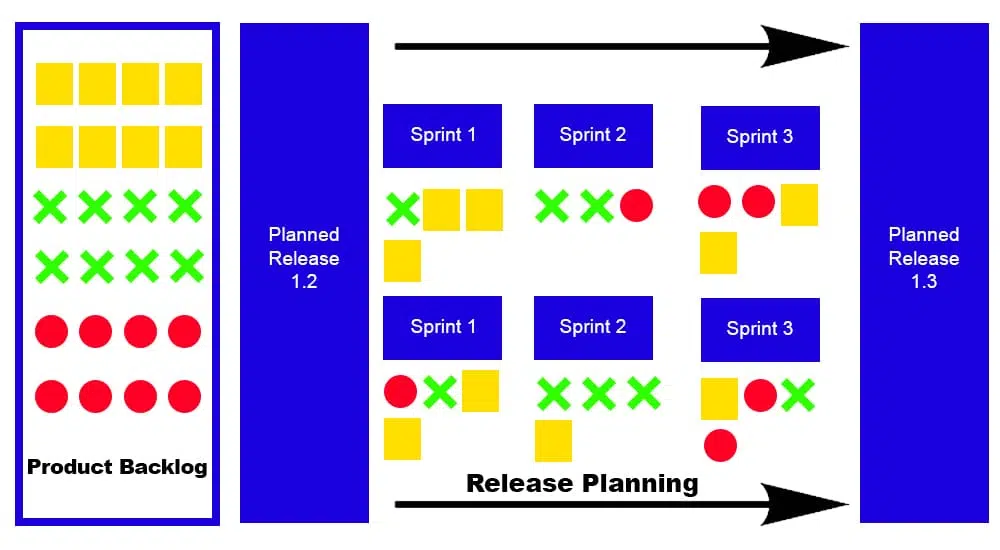
An agile release plan is a working document to store and monitor the planned features for a release focusing on the timeline of the stage. It offers specifics regarding the milestones that have been reached and how we are getting closer to releasing the product.
This adaptable plan directs the way through the process of incorporating feedback from stakeholders, customers, and end users.
It is a document that was created using road mapping software, and it covers a specified amount of time, which is often around a month. The input from earlier phases is given more weight than new information. The agile release plan makes it possible for project team members to communicate with one another and provides a means of monitoring progress.
New increments in the timetable can be made available thanks to the agile release strategy. Because of its adaptable character, it is possible to make adjustments without having to begin the process all over again in the event of faults.
Steps to Create An Agile Release Plan
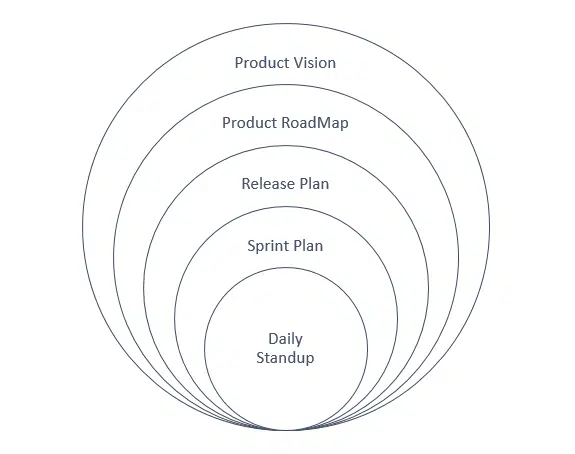
#1. Identify and Define the Project’s Vision
Whatever gets measured gets done. A vision articulated in writing will be far simpler to realize than one not well stated.
When adjustments need to be made, having a clearly defined vision helps identify areas that should be the primary emphasis for improvements.
Through consultations with various stakeholders, it will be possible to guarantee that the vision is congruent with the standards and requirements of both the business and the market.
#2. Prioritize the Project Backlog
Rank the backlog using inputs from the stakeholders to establish product priorities and functionality.
Here, a basic outline of the release plan is created that includes the goals and period.
#3. Schedule the Agile Release Planning Meeting
The next step is to set up a release planning meeting. In this meeting, deliberations on the proposed plan are made, and plans are updated to ensure they align with the product deliverables.
Other considerations in this meeting include
- Breaking up the broad releases into iterations or sprints
- Determination of a time frame for release
#4. Improve and Update the Plan and Share the Product Release Calendar
At the very end, you will need to finalize the details and make any necessary revisions to the product. In addition, you will need to give the team members a copy of the schedule calendar so they can evaluate the release plan.
The agile release plan helps team members maintain their focus and ensures the appropriate strategy is used.
What To Discuss In An Agile Release Planning Meeting?
The following should be discussed in an agile release planning meeting.
The Vision, Goals, and Expectations
The company’s goals and expectations for a product release can be discussed in an agile release planning meeting.
Attendees can include high-level stakeholders, managers, team members, and clients; this ensures everyone is updated with the expectations.
The Next MMF
The central focus of an agile release planning meeting is to identify and improve the MMF (Minimum Marketable Feature).
The MMF provides customer satisfaction through timely and continuous delivery of significant value. Priority is placed on features and functionalities for future releases into the market.
Consideration of the Agile Release Planning Steps
The product vision, the roadmap, the release plan, the sprint plan, and the daily action plan are the five primary components that make up an agile framework.
During this meeting, decisions can be made regarding the stages of the agile release planning, and action plans for carrying out the planning can be discussed and agreed upon.
Selecting the Best Product for Release
Several versions of a product may get created during the development. Select the best release, and such decisions are made in an agile release planning meeting.
The Decision Whether to do a Product Increase or a Release for a Specific Product
During an agile release planning meeting, it is easy to pinpoint the need to improve the value of a product rather than releasing it at its current stage in the market.
In this meeting, products ready to be released can also be selected.
Feedback Review
Agile has numerous sprints; it allows feedback to improve team performance.
Who Should Oversee Agile Release Plans?
In an ideal situation, the project manager or product owner oversees the agile release planning. They manage the sprint and the product backlog to ensure that everything remains aligned with the product goal. In some cases, product owners are responsible for overseeing agile releases.
The concepts and recommendations offered by team members need to be embraced and investigated. This increases both the performance and the product value.
What Is The Purpose Of Release Planning In Agile And Scrum?
#1. Navigate the Project in the Right Direction
Release planning in agile and scrum ensures the project is navigated properly in the right direction. Agile and scrum release planning is a great tool used to manage rapid project development and ensure the product vision is achieved.
#2. Align Project with Product Roadmap
A product road map highlights the goals, vision, focus, progress, and direction of a product being developed.
A release planning in agile and scrum helps ensure the developmental processes align with the project roadmap.
#3. Conducting a Sprint Retrospective
The feedback gathered from stakeholders is included in a sprint’s retrospective analysis to improve subsequent sprints.
It enhances processes and results in subsequent stages, making it a crucial component of agile project management. It helps save time and enhances the members of the team’s efficiency as well as their effectiveness, provided that it is done correctly.
#4. Declogging Project Bottlenecks
Agile release planning is a fine-tuned method that decongests vague project plans and clarifies them. This reduces the risks.
#5. Time Management Purpose
Time is better managed where an effective plan exists because it becomes easier to determine how functionality will be delivered within a limited time frame.
What Is The Difference Between a Release Plan And a Roadmap?
Release plan and roadmap are separate product management tools, having specific features, and one is often used after the other.
These tools sometimes overlap as transitioning from one to the other and can confuse product management.
The broad difference is that the product roadmap focuses on strategy while the release plan is practical and focuses on implementation.
Clearly defining the differences between these product management tools improves an organization’s chances of developing a better product.
Below is a tabular differentiation between these project management tools.
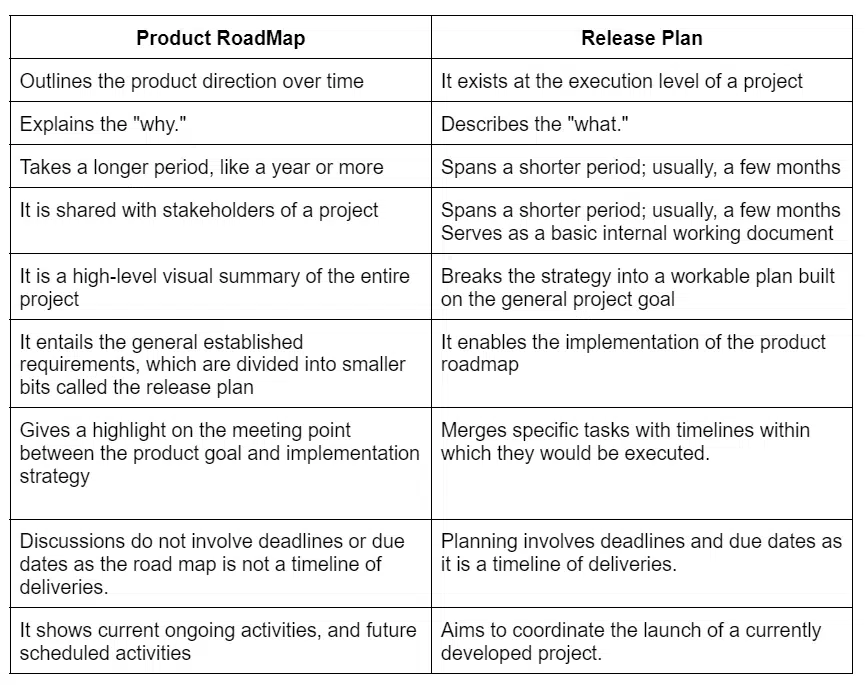
Best Practices For Agile Release Planning
In agile development, one of the guiding principles is that a balance between speed and accuracy should be struck while pursuing frequent incremental releases.
The agile release planning approach gives the framework some structure and helps to maintain its flexibility even though software development projects are notoriously unpredictable.
The following best practices in agile release planning help minimize risks during the iterations.
- Establishing “SMART” goals that are Specific, Measurable, Achievable, Relevant, and Time-bound.
- Analyze product requirements
- Set timeline for product release
- Follow an incremental release plan for each specific product
- Decide on the successive sequential cycles to be released
- Plan for each iterative cycle
- Establish functionality development in each iteration
- Clearly define the activities needed to deliver a specific function
- Set up effective procedures for approval
- Never release the product in the production stage.
Benefits Of Agile Release Planning
#1. Ease in Defining Goals and Expectations
The release plan for agile projects aligns the team goals with the project. It prevents deviation from the framework already established and enhances productivity.
#2. Transparency and Reliability
The release plan is typically more succinct and only covers the following one or two cycles. This helps to focus attention on the more granular levels, including specifics such as what needs to be done, how to carry out the execution, and the length of time for the product release.
#3. Better Handle of a Project’s Potential Threats
The agile release planning tool detects and prevents threats that could jeopardize the project objectives.
It equips the project manager to handle threats when they occur.
#4. Forms a Baseline for Performance Measurement
The agile release plan is a working document developed to store and monitor the planned features of a release.
It contains a step-by-step approach to how and when an organization intends to release products.
#5. Boosts Confidence Among Team Members
A good plan boosts confidence in team members and motivates them to accomplish the goal.
Agile Release Plan Example
The software development industry, which involves the delivery of goods that are most likely to have numerous modifications and versions, is the finest industry to find examples of an agile release strategy. Some common examples are:
Information Technology (IT) and Product-centric projects
These days knowledge of IT is key as almost all activities are digital. E.g., PMP certification requires knowledge of IT.
The agile release planning method forms a bridge between traditional and current practices.
Mobile Applications
It is common to get a mobile notification indicating the need for an update.
This results from the constant addition of features and functionality, which usually results from ideas from feedback in the form of user suggestions.
Hybrid Projects
The implementation of the product road map, which will be segmented into releases, is best accomplished through the use of agile release planning, which is ideal for agile methodologies that regularly release iterations.
In addition, it clears the way for the incorporation of an agile development project into a company that is focused on the release.
Conclusion
The robust planning stage is the fundamental idea that underpins a successful project, and product managers and their teams are responsible for placing a great deal of weight on it.
The method of agile release planning functions very effectively as a guide, offering context and the appropriate navigation to realize a predetermined product vision, objective, and expectations.

I am Mohammad Fahad Usmani, B.E. PMP, PMI-RMP. I have been blogging on project management topics since 2011. To date, thousands of professionals have passed the PMP exam using my resources.


